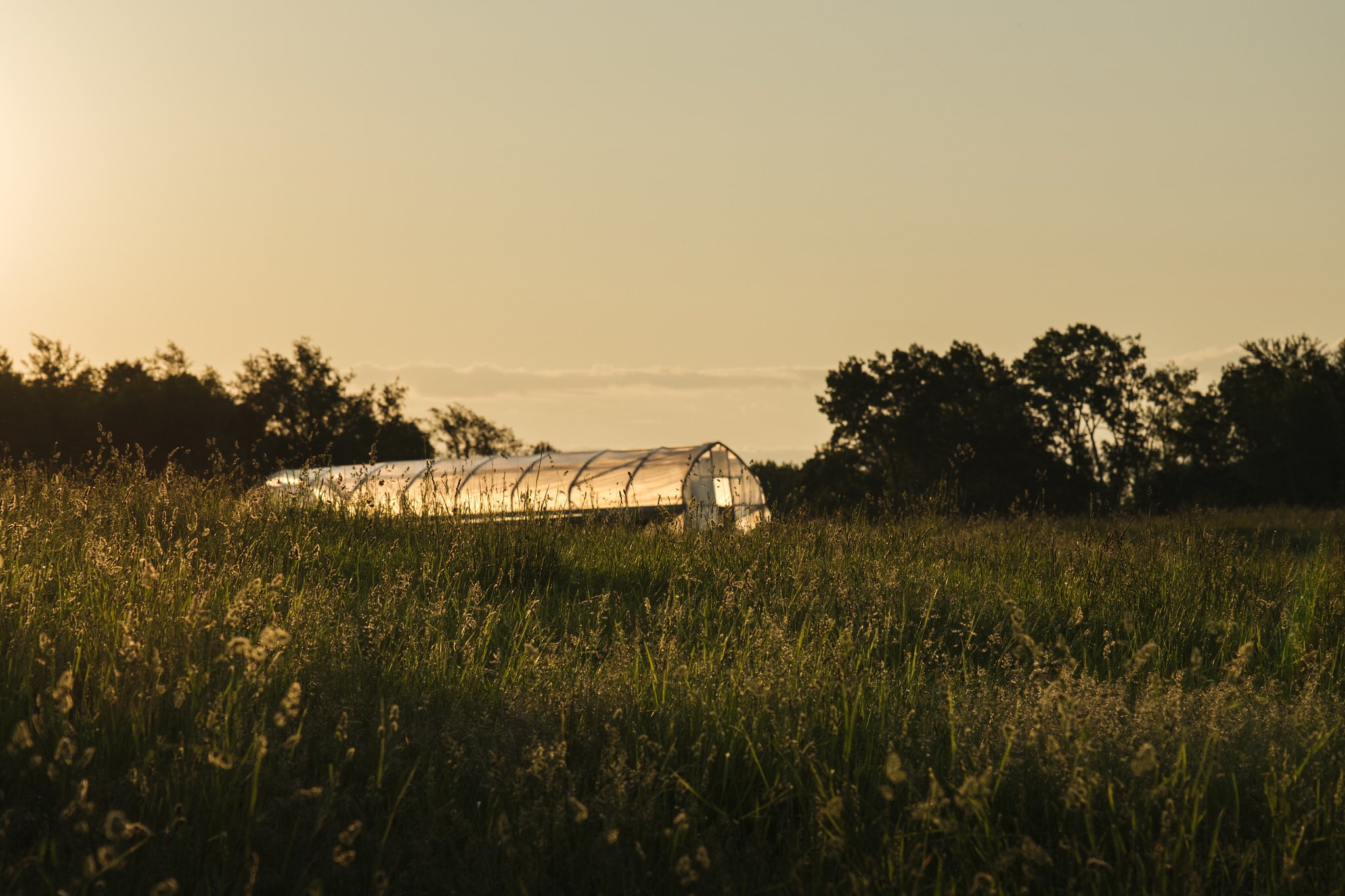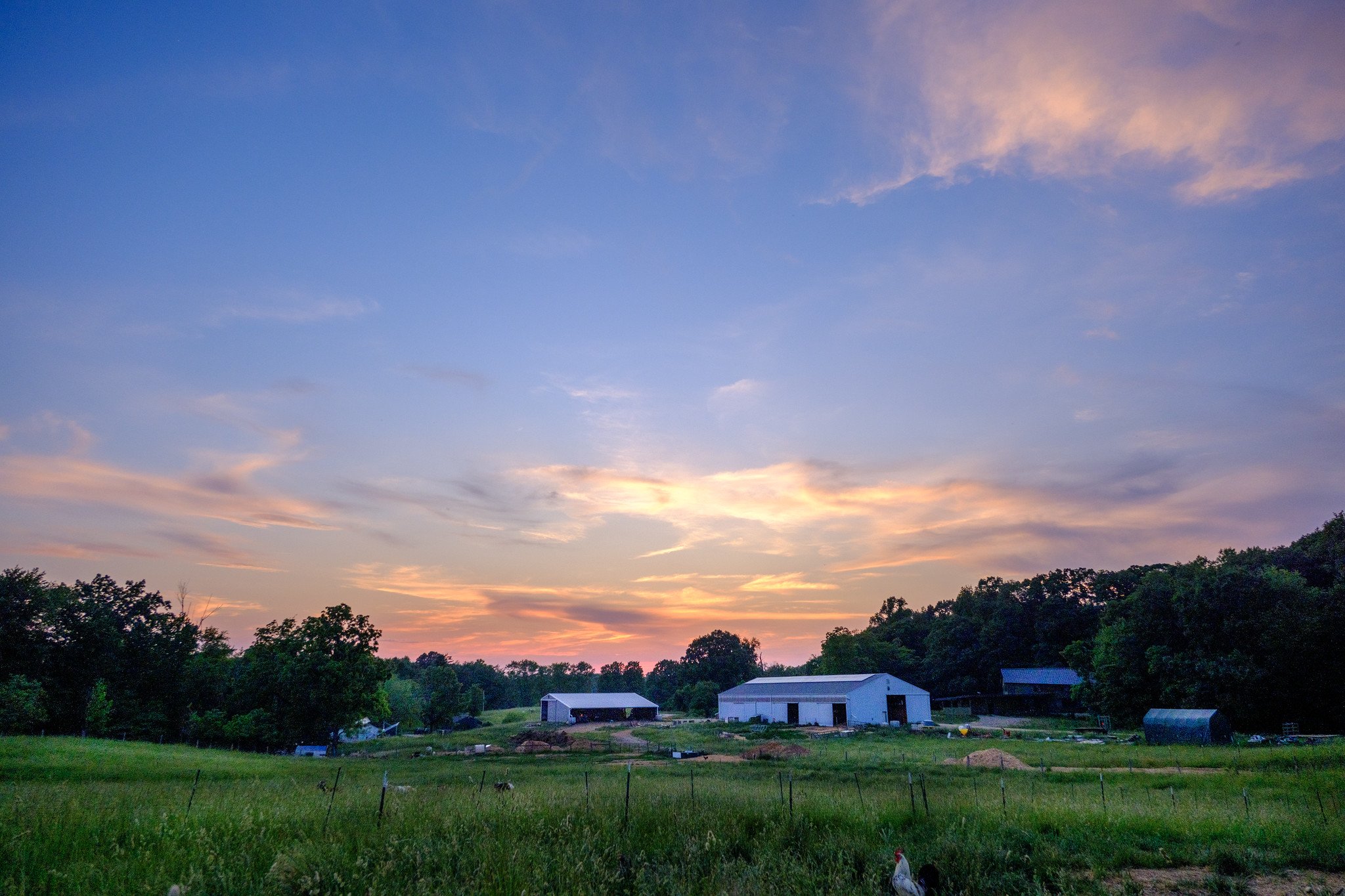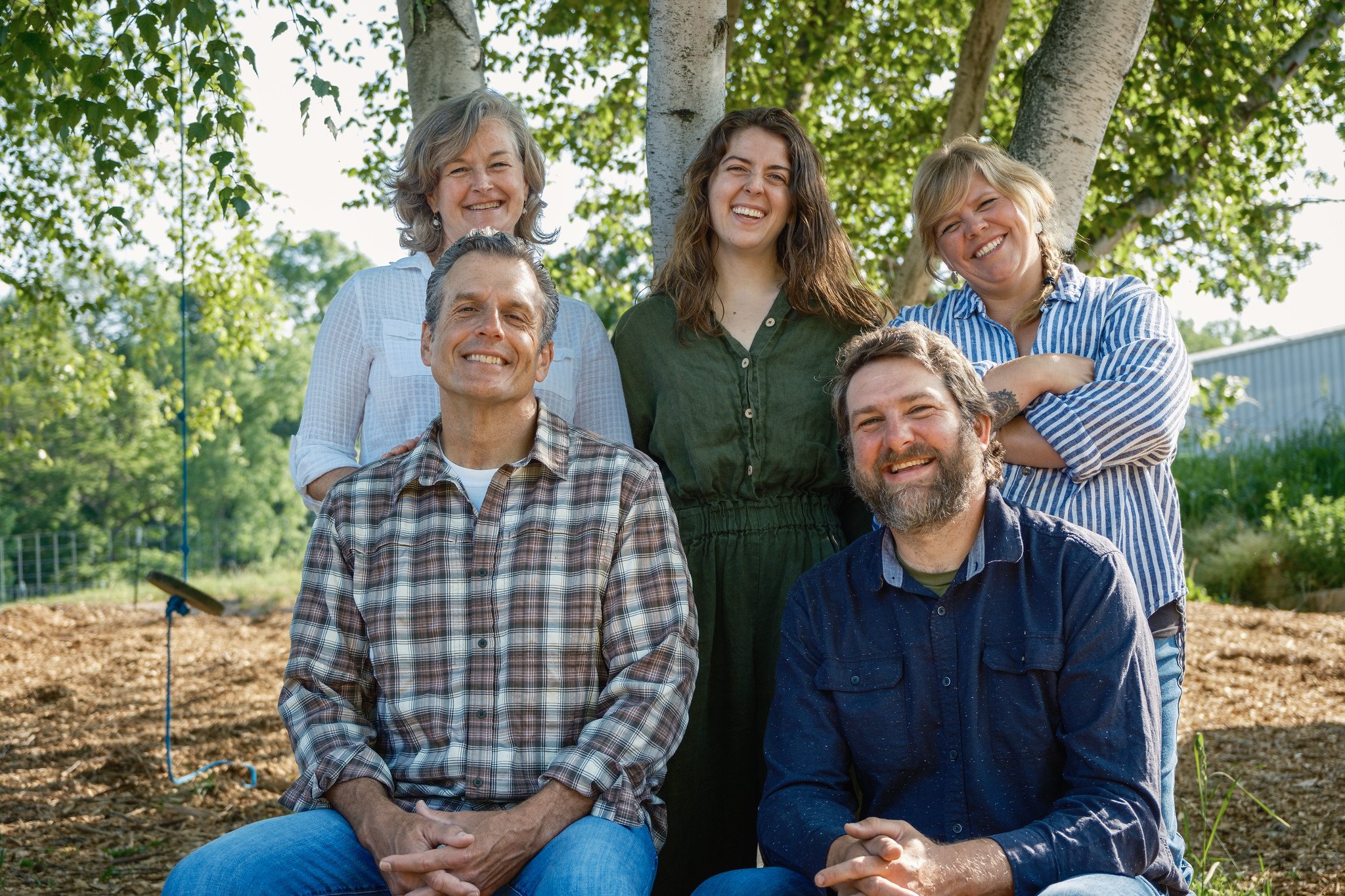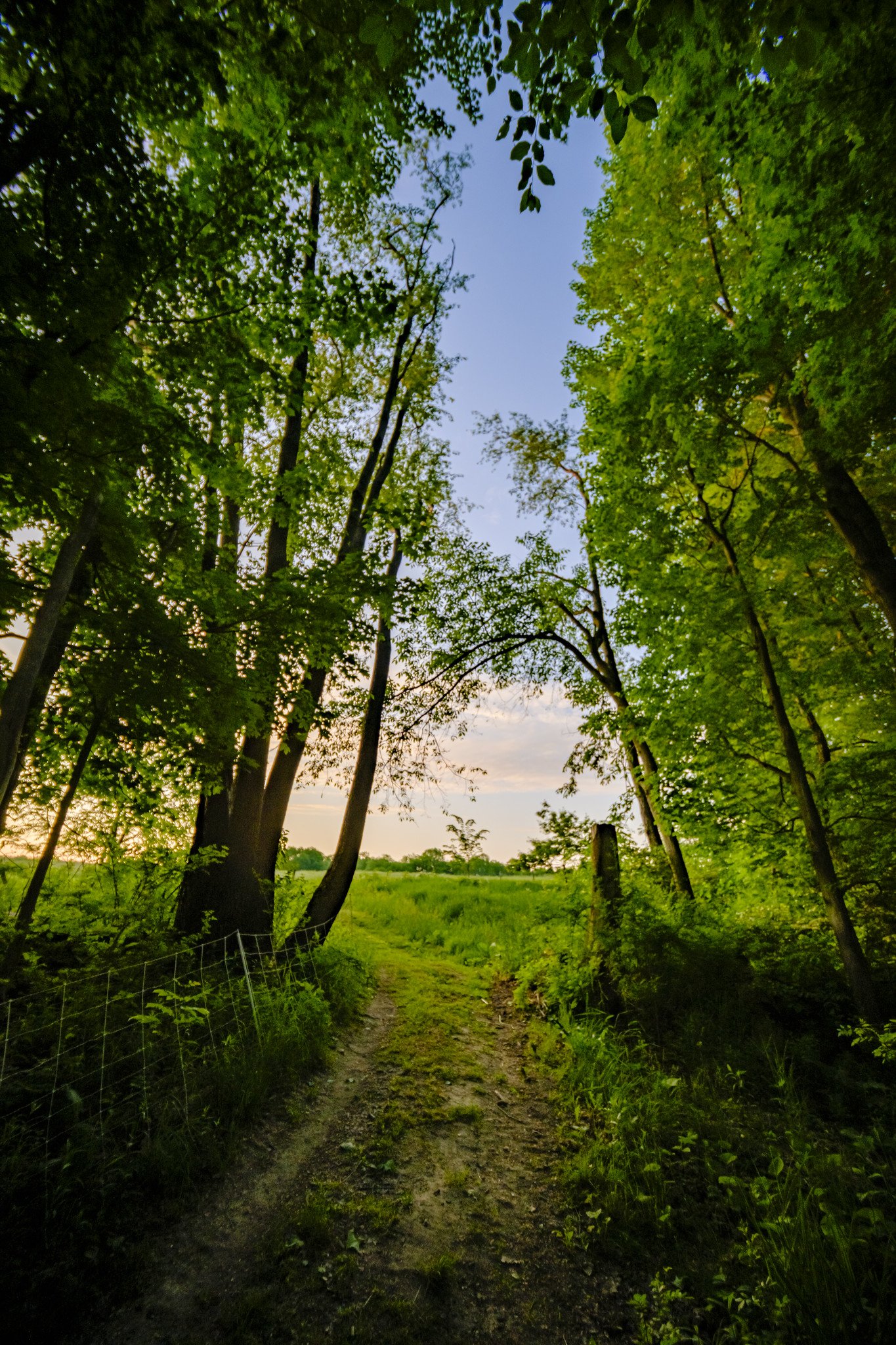
get to know the farm
Our Mission
Verdant Hollow Farms is a farming operation restoring soils, water, and woodlands using regenerative practices. We celebrate the natural features of the land as a working farm with animals and vegetables and invite visitors and the local community to join us. Visiting individuals and groups will be immersed and educated in the environment and sustainable farming practices while enjoying high quality food, modest accommodations, and spaces for exploration.
FaRM History
This land was owned for the past forty-five years by a great family who did well at stewarding the land with livestock and some farming. They converted the original barn into their home in 1971 with Chicago architect Stanley Tigerman. It truly is a unique structure with original timbers, cedar paneling, and a spiral steel staircase that connects the four levels. The patriarch was a caring veterinarian who raised sheep and llama, planted a pine and walnut forest, and maintained an orchard. In more recent years, the sixty tillable acres were leased for corn and soy production.
Today
After living on the property and having this as the focus of our lives for the past few years, it’s hard to see the present as a static moment. The projects, animal setups, and garden shift quickly from week to week. We are trying to create a working farm that will produce market ready vegetables, poultry and livestock, and eventually a place to stay and enjoy. Already our extended family and friends have joined in by helping with night chores, weeding, building a hayloft, and countless other projects. So despite its infancy under our stewardship, the farm is coming into it’s own.
Looking Forward
Knowing what this farm is to become is a vision that has manifested through a number of wonderful relationships. Permaculture Activists Peter Bane and Keith D. Johnson have substantiated and clarified our hopes and dreams for this piece of land. They developed a plan to rehabilitate the soil through rotational grazing of livestock and low till vegetable production. But that really simplifies the in-depth vision they have produced with respect to the land’s history and features shared through text, timetables, charts, maps, and research. Many people will influence the evolving shape of this farm, but throughout these endeavors the land will only be enhanced and shared with more people.



